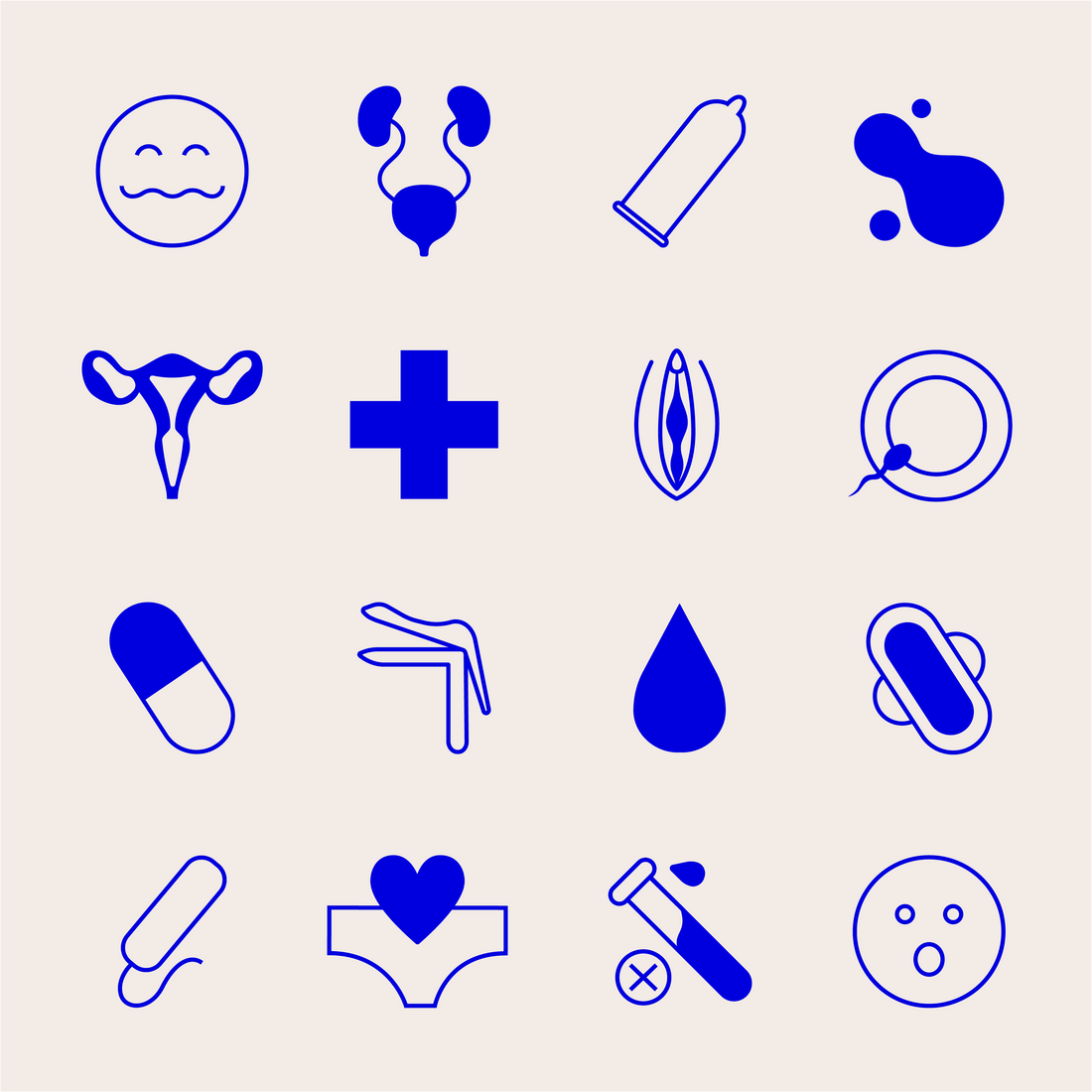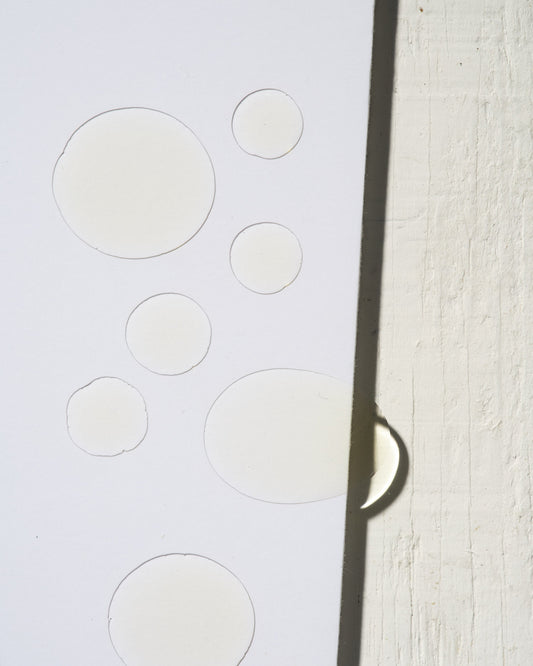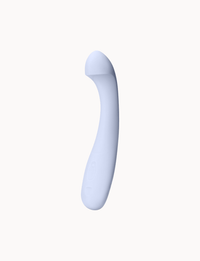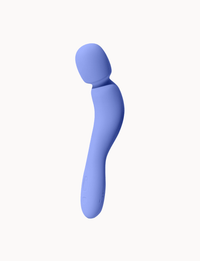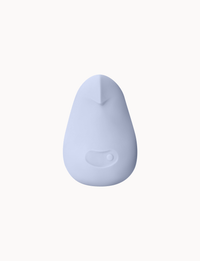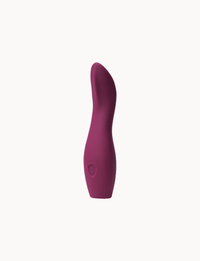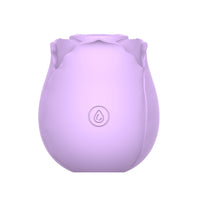In a world where information reigns supreme, understanding your reproductive health has become more than just a biological imperative; it's a powerful tool for personal empowerment. Fertility awareness, often regarded as a holistic approach to understanding one's reproductive system, has gained traction as a means for individuals to take charge of their fertility and overall well-being.
Phases of the menstrual cycle
The foundation of fertility awareness is to understand the menstrual cycle, which typically lasts about 28 days, but can vary widely among individuals. Day 1 is the start of your period, and day 28 is the last day before the periods begin. Let’s break down the phases of the menstrual cycle.
- The follicular phase begins the day you start your period and ends at ovulation, around day 14, making up the first half of the menstrual cycle. During the follicular phase, estrogen levels start to rise, thicken the endometrium, and cause follicles to grow in the ovaries, one of which will make an egg.
- Ovulation: the fully formed egg, produced by a follicle in the follicular phase, leaves the ovary, usually around day 14.
- The luteal phase makes up the second half of your cycle, from day 15-day 28. After the egg has left the ovary, it travels through the uterine tubes towards the uterus.
Timing is essential
Timing of ovulation and understanding how the egg and sperm get together is essential to understanding fertility. Once the egg has left the ovary, it’s actually only viable for about 24 hours. Sperm, on the other hand, are viable for about 48-72 hours. When it comes to actually getting the sperm and the egg together, they actually meet in the uterine tube, not in the uterus. If the sperm can plunge its head into the egg, they connect, and travel together to the uterus, where they are embedded in the uterine wall. Because of this long path that the fertilized egg makes, a lot of mobility is required in the uterus, the uterine tubes and the ovaries to make it happen.
When infertility strikes
It’s normal to have some variation in the menstrual cycle, which can be affected by stress, body weight, breastfeeding or type of birth control method. With such a small window of time that you’re actually ovulating, it can be tricky to get it just right, if you’re trying to get pregnant or trying to avoid getting pregnant. Timing of the sperm and egg meeting as well as the mobility to get out of the tube and implant in the uterus can make it harder to get pregnant. Infertility is defined by the WHO as an inability to get pregnant after 12 months of unprotected regular sex. But just as pregnancy can be complex, so can infertility. Several factors and health conditions can play a role in infertility.
- Polycystic ovarian syndrome: also known as PCOS, is a condition marked by cysts that form on the ovaries due to an overproduction of androgens (sex hormones produced by biological males). This condition affects the follicles in the ovary, making it difficult for them regularly produce viable eggs.
- Endometriosis: remember that endometrial tissue that’s supposed to grow inside of the uterus? Endometriosis is when endometrial tissue starts growing outside the uterus, affecting the mobility of the uterus and the abdomen. It also affects the endometrial tissue inside the uterus, making it difficulty for the egg to implant. Endometriosis can also be associated with pain during sex
- Mechanical infertility: a lesser known cause of infertility, this refers to when the uterus, uterine tubes or the ovaries lack the mobility to get the egg and sperm from point A to point B. But in cases of infertility not due to poor sperm count/quality, it can surprisingly affect up to 30-40% of uterus owners with infertility. Good news: it’s very treatable. Manual therapy from a specialized physical therapy is an effective treatment for mechanical infertility, and is often significantly less expensive than methods like IVF.
How to track your fertility
Advances in technology have made it easier than ever to track your fertility, whether you want to become pregnant or want to avoid becoming pregnant. The three main ways to track fertility are charting basal body temperature, observing cervical mucus changes, and recording cycle length.
- Basal body temperature: this refers to body’s temperature when you’re at rest, typically first thing in the morning. This involves daily temperature checks with a thermometer inserted orally, and keeping a chart to track how your temperature changes throughout the month. Typically, basal body temperature increases by about 0.5 F (0.3 C) during ovulation.
- Cervical mucus changes: another low tech, old school option. Checking your cervical mucus and looking for an egg white consistency can help you know when you’re fertile as well. Cervical mucus is produced by, you guessed it, your cervix, and it changes in consistency and color throughout your menstrual cycle. Checking your cervical muscus is as easy as inserting two clean fingers vaginally, pulling them apart in a peace sign, and observing the color and consistency.
- From days 1-6, your cervical mucus tends to be dry and sticky
- From days 7-9, it becomes creamy
- From days 10-12, it becomes wet and clear
- From day 13-14, it becomes an egg white consistency, signaling ovulation. This consistency is ideal for sperm to pass through in order to reach the egg.
- Recording cycle length: apps such as Flo or Clue or Natural Cycles can help you keep track of your cycle with minimal effort. Simply input the day your period starts and the length of your period, and after a few months the algorithm will start showing you your most fertile days.
- More formal ways to test ovulation also exist, like ovulation test strips or testing with a healthcare professional
Whether you want to become pregnant or want to avoid becoming pregnant, tracking your cycle allows for a deeper connection with your body’s rhythms. It helps with fostering body literacy and awareness, allowing individuals to make informed decisions about their health.
